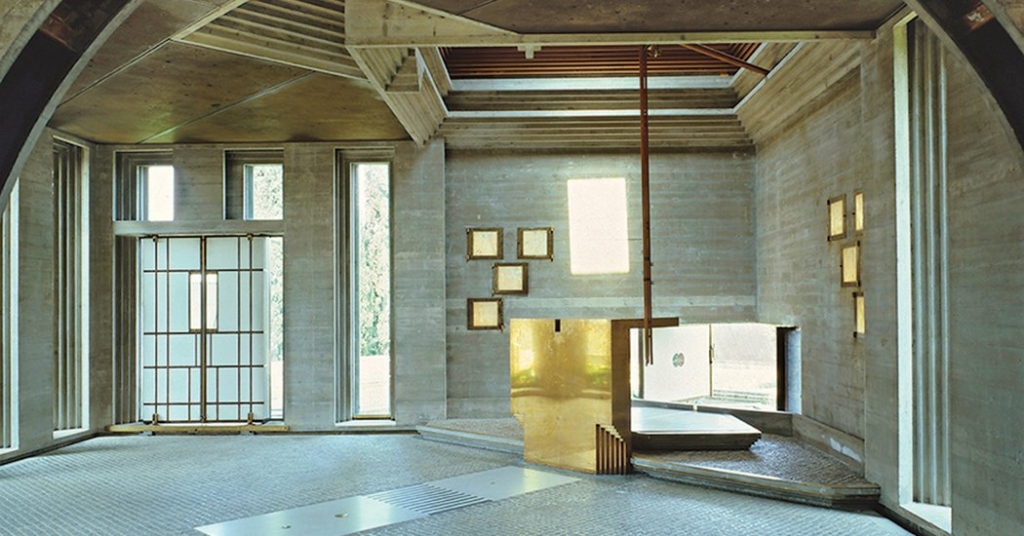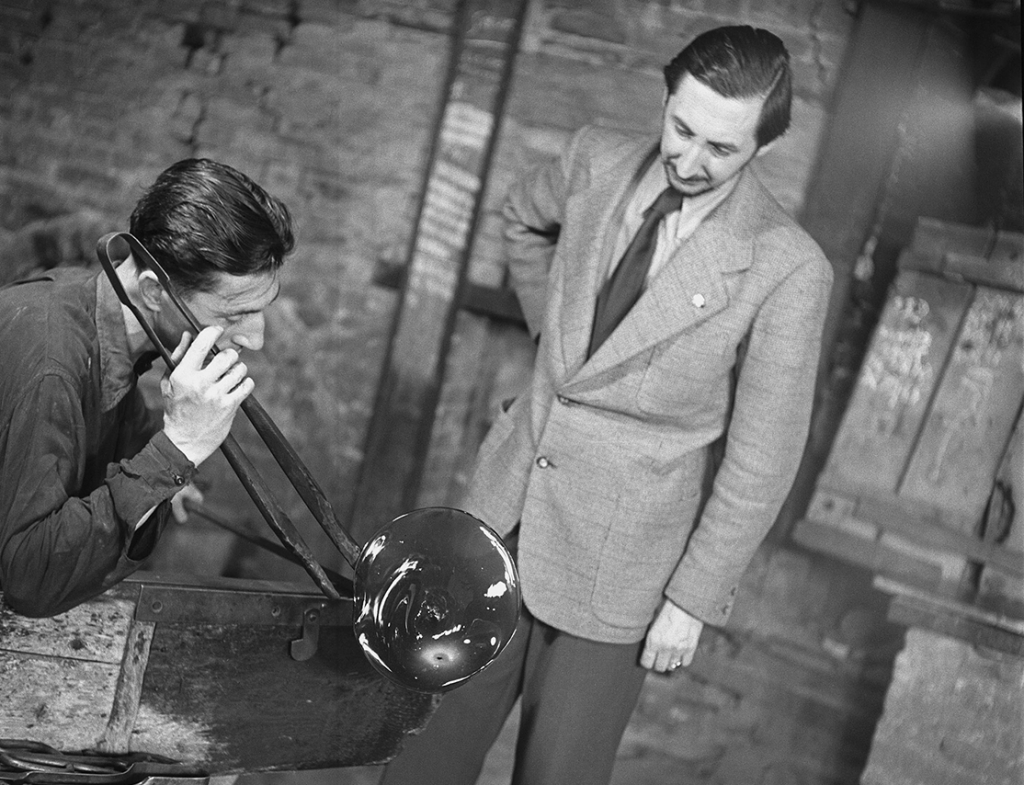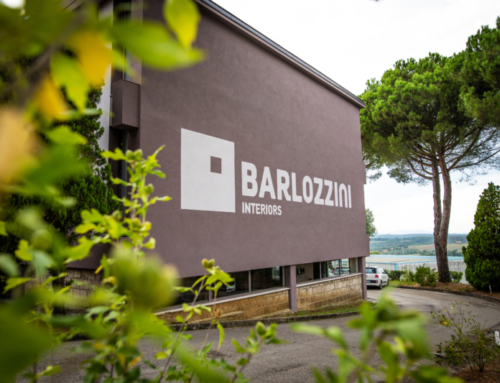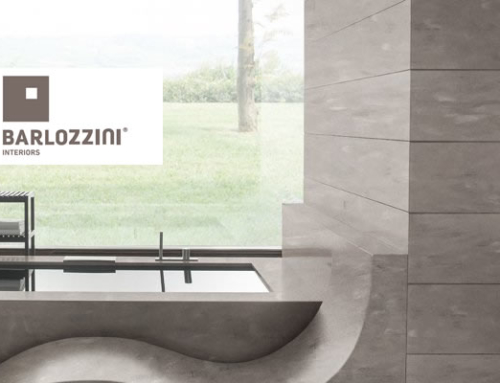CARLO SCARPA Venice, 1906 – Sendai, Japan, 1978
He acquired his training in his hometown consorting with artists and intellectuals he met at the Biennale and at the Academy of Fine Arts, where in 1926 he graduated as professor of architectural design.
From 1933 to 1947 he was an artistic consultant for the Venini glass industry; his personal and creative interpretation of the traditional Murano technique is responsible for some of the most original and fascinating glass in the history of this art.
It was in this surroundings that he developed his interest in the East, the plastic and applied arts with particular attention initially to the Viennese Secession (Hoffmann, Loos, Wagner) and later to Frank Lloyd Wright’s organic architecture.
In 1926, he began teaching at the Venice University Institute of Architecture, which he continued in the capacity of a regular professor of composition from 1964 to 1976 and as director from 1972 to 1974. Thanks to him teaching in the university, Scarpa contributed to the training of several generations of architects, to whom he conveyed love and knowledge of history, materials and craftsmanship.

















